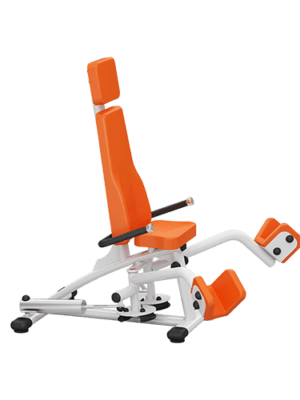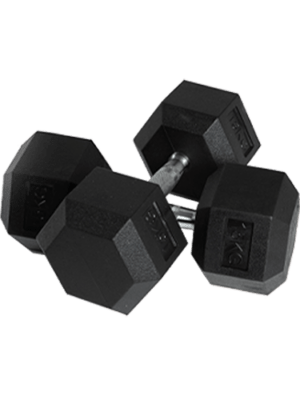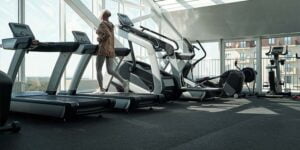Introduction
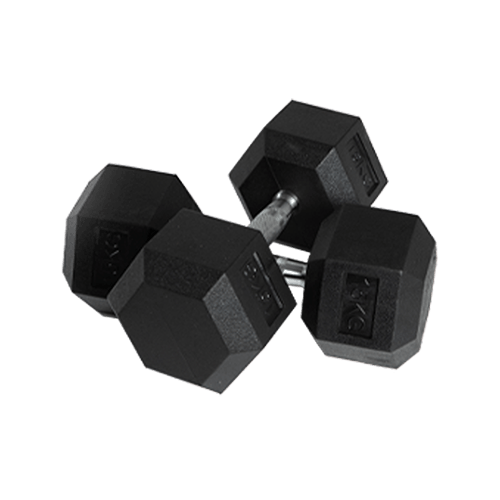
Dumbbell training is a versatile and effective way to build strength, improve muscle tone, and enhance overall fitness. Whether you’re a beginner or a seasoned gym-goer, incorporating dumbbells into your workout routine can offer numerous benefits. In this comprehensive guide, we’ll explore essential dumbbell training techniques that you need to know to maximize your workouts and achieve your fitness goals.
Understanding Dumbbells: Types and Varieties
Dumbbells are versatile pieces of equipment that come in various types and designs, each catering to different fitness needs and preferences. Before embarking on your dumbbel training journey, it’s essential to familiarize yourself with the different types and varieties available. Let’s explore the common types of dumbbels and their respective pros and cons:
- Fixed-Weight Dumbbels:Fixed-weight dumbbels are the traditional type commonly found in gyms and fitness centers. They consist of a solid metal or rubber-coated weight attached to a short handle. These dumbbels come in a range of weights, typically increasing in increments of 2.5 or 5 pounds.
Pros:- Convenient and easy to use, requiring no adjustments.Durable construction ensures long-term use.Available in a wide range of weights to suit various fitness levels.
- Requires purchasing multiple pairs to accommodate strength progression.
- Takes up more space compared to adjustable dumbbels.
- Limited versatility for exercises requiring different weight increments.
- Adjustable Dumbbels:Adjustable dumbbels feature a set of weight plates that can be added or removed to adjust the total weight. They typically come with a central handle and locking mechanism to secure the desired weight in place. Some models offer quick-adjustment systems for efficient weight changes during workouts.
Pros:- Space-saving design, as a single set of adjustable dumbbels replaces multiple pairs of fixed-weight dumbbels.Allows for easy weight adjustments to accommodate different exercises and strength levels.Ideal for home gyms or limited workout spaces.
- Selectorized Dumbbells:Selectorized dumbbels are a variation of adjustable dumbbels that utilize a dial or pin mechanism to select the desired weight. By simply turning the dial or inserting a pin, users can quickly adjust the weight increments without manually adding or removing weight plates.
Pros:- Offers rapid weight adjustments with minimal interruption to workouts.Compact design saves space and reduces clutter in the workout area.Eliminates the need for multiple pairs of fixed-weight dumbbels.
- Higher initial cost compared to traditional adjustable dumbbels.
- Limited availability of heavier weight options in some models.
- Mechanical components may require occasional maintenance or repair.
- PowerBlock Dumbbels:PowerBlock dumbbels feature a unique stacked weight design, where individual weight plates are nested together within a rectangular frame. Users can adjust the weight by removing or inserting selector pins in designated slots, similar to selectorized dumbbels.
Pros:- Space-efficient design saves room in home gyms or workout spaces.Offers a wide range of weight options within a compact footprint.Durable construction ensures long-term durability and performance.
- Initial learning curve for adjusting weights and using the selector pin system.
- Some users may find the rectangular shape less comfortable compared to traditional dumbbels.
- Higher upfront cost compared to basic fixed-weight dumbbels.
- May require additional time for weight adjustments compared to fixed-weight dumbbels.
- Some models may have a maximum weight limit, limiting progression for advanced lifters.
- Initial investment cost may be higher than purchasing individual fixed-weight dumbbels.
Basic Dumbbell Exercises for Beginners
If you’re new to dumbbell training, mastering fundamental exercises is key to building a strong foundation. This section will cover essential exercises such as dumbbel curls, shoulder presses, and chest presses, with detailed instructions on proper form and technique. Additionally, we’ll discuss the benefits of starting with lighter weights and gradually increasing intensity as you progress.
Advanced Dumbbell Training Techniques
For those looking to challenge themselves and take their workouts to the next level, incorporating advanced dumbbel techniques is essential. From drop sets to supersets and beyond, this section will explore innovative strategies for maximizing muscle growth and strength gains using dumbbels. We’ll also discuss the importance of proper rest and recovery to prevent injury and optimize performance.
Designing a Dumbbell Workout Program
Creating a well-rounded workout program is essential for achieving long-term fitness success. In this section, we’ll outline key principles for designing an effective dumbbel workout routine tailored to your individual goals and fitness level. Topics covered will include exercise selection, set and rep schemes, frequency of training, and progression strategies to ensure continuous improvement.
Sample Dumbbell Workout Routine
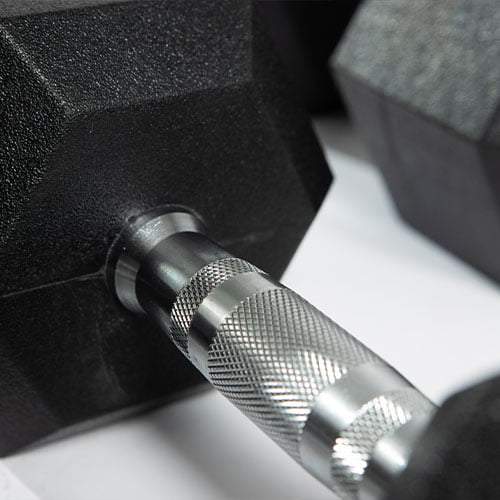
| Exercise | Sets x Reps | Rest Interval |
|---|---|---|
| Dumbbel Squats | 3 x 10-12 | 60 seconds |
| Dumbbel Lunges | 3 x 10-12 | 60 seconds |
| Dumbbel Rows | 3 x 10-12 | 60 seconds |
| Dumbbel Bench Press | 3 x 10-12 | 60 seconds |
| Dumbbel Shoulder Press | 3 x 10-12 | 60 seconds |
Conclusion
Dumbbell training offers an efficient and accessible way to improve strength, build muscle, and enhance overall fitness. By incorporating the techniques and exercises discussed in this guide into your workout routine, you can experience significant gains in strength and physique. Remember to prioritize proper form, gradually increase intensity, and listen to your body to achieve optimal results safely and effectively.
FAQ
Q:How heavy should my dumbbells be for beginners?
A:It’s recommended to start with lighter weights that allow you to perform exercises with proper form. Gradually increase the weight as you gain strength and confidence.
Q:Can I build muscle with dumbbells alone?
A:Yes, dumbbells are versatile tools that can effectively target all major muscle groups. Combined with a balanced diet and adequate rest, consistent dumbbell training can lead to significant muscle growth.
Q:How often should I do dumbbell workouts?
A:The frequency of your dumbbell workouts depends on your fitness goals, schedule, and recovery capacity. Aim for at least two to three sessions per week, with sufficient rest days in between to allow for muscle repair and growth.
By incorporating these dumbbell training techniques into your fitness regimen, you can unlock your full potential and achieve your desired results. Whether you’re aiming to build strength, increase muscle mass, or improve overall health, the versatility of dumbbell exercises makes them a valuable addition to any workout routine.

